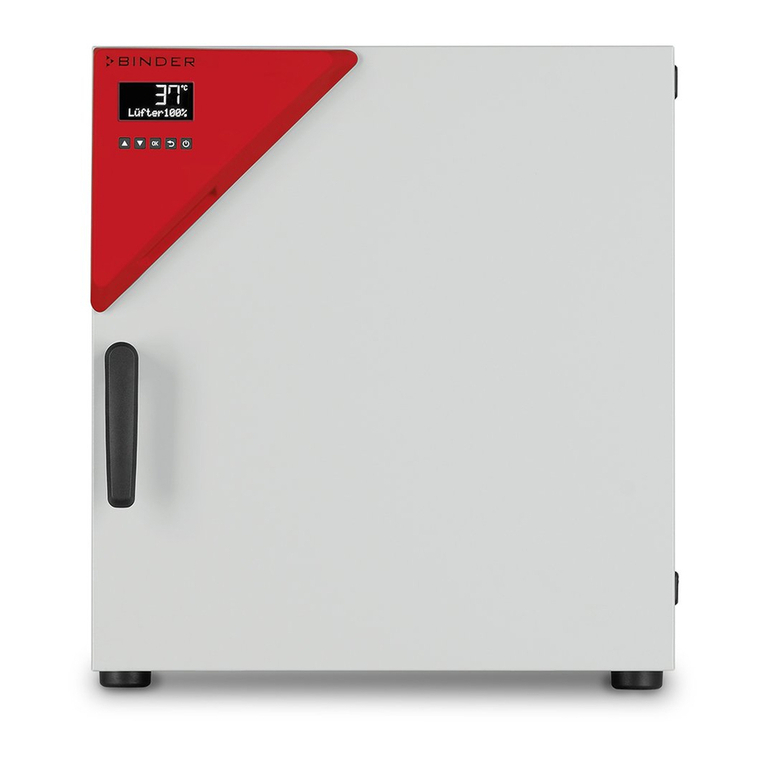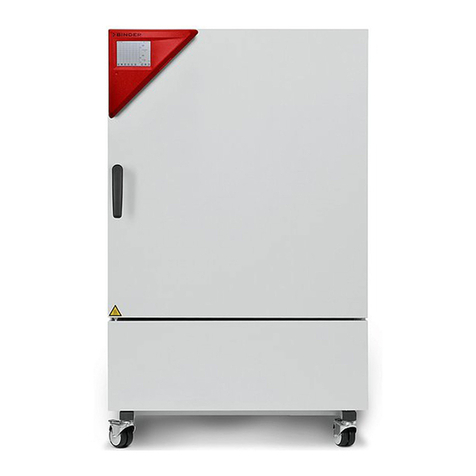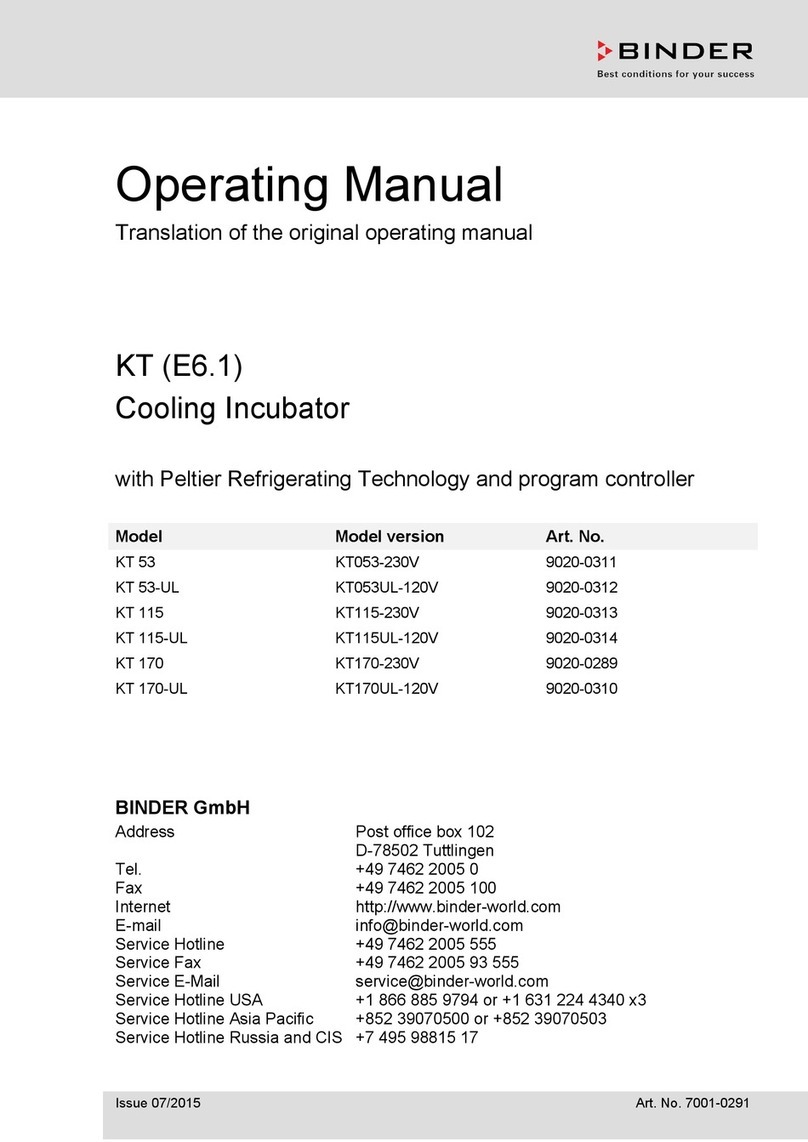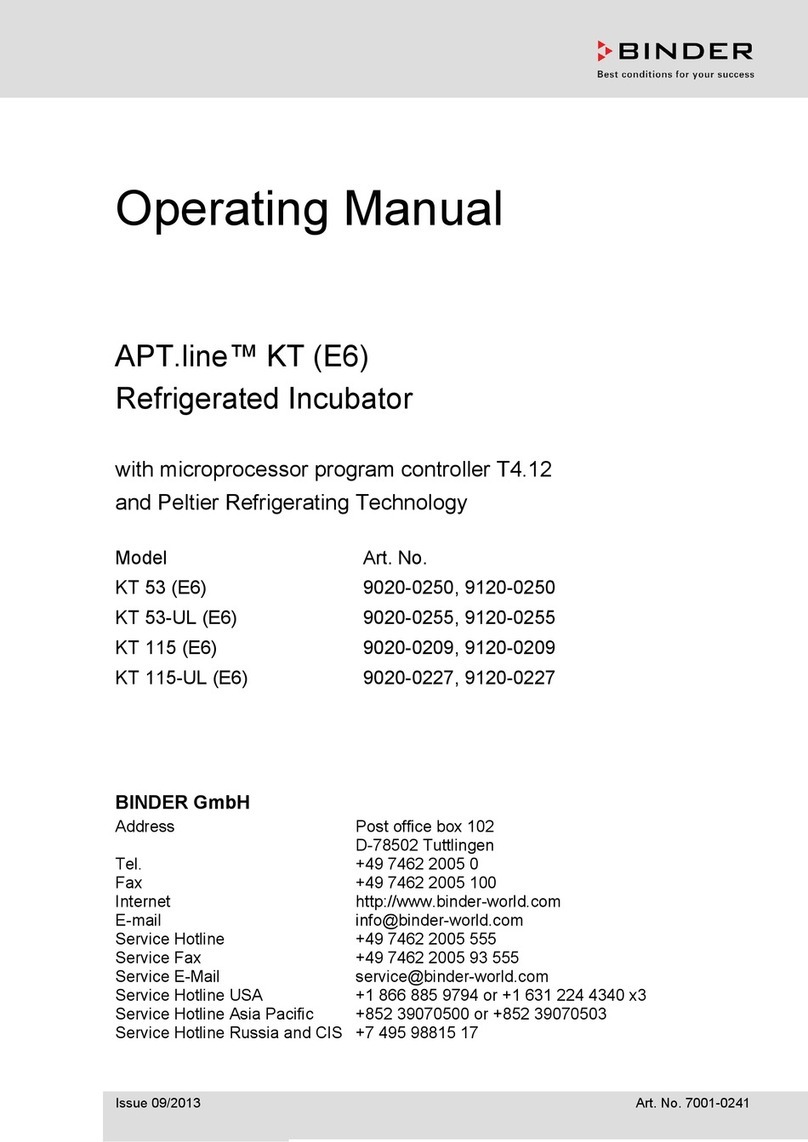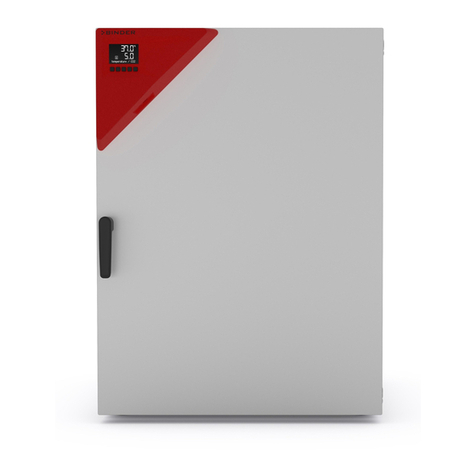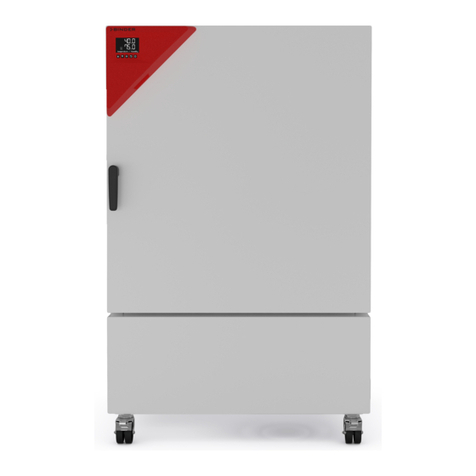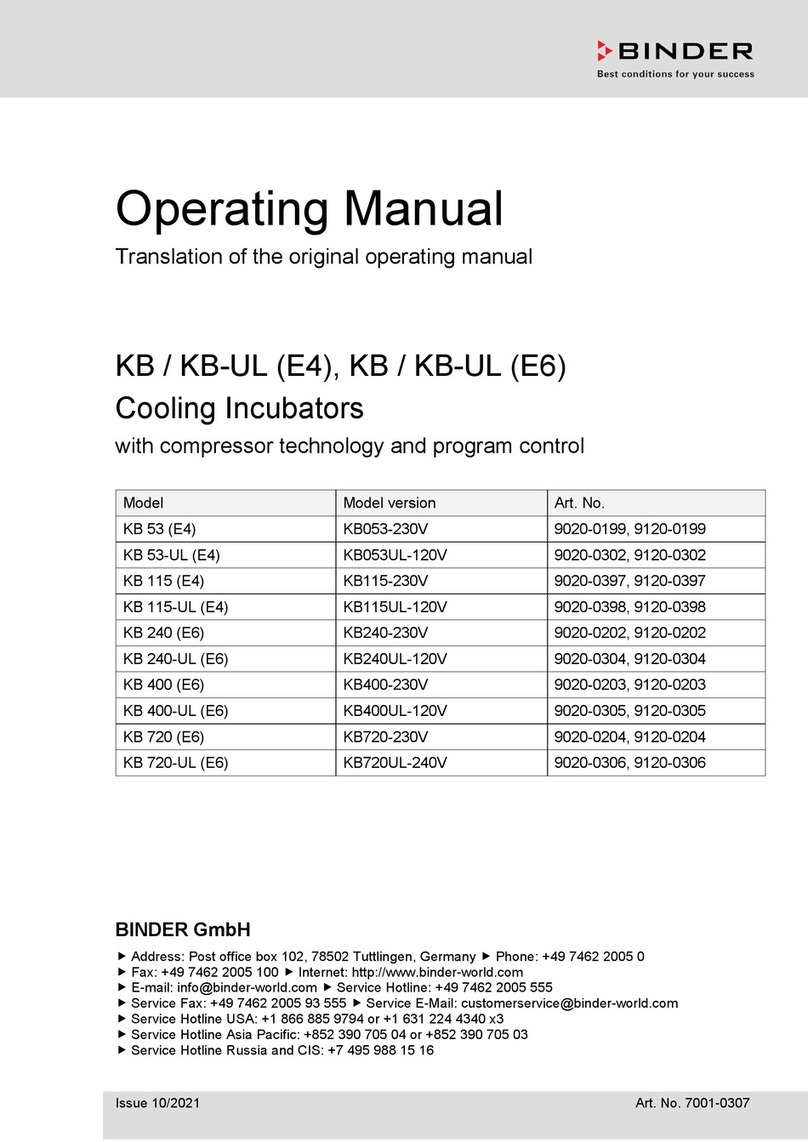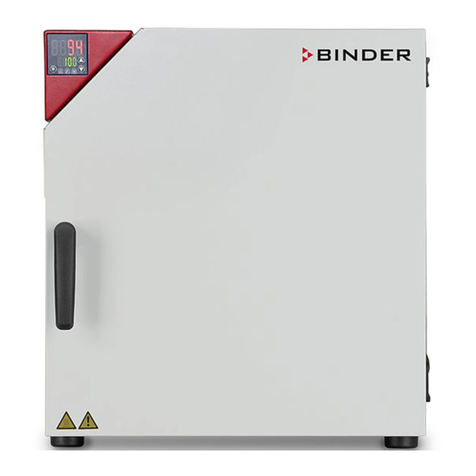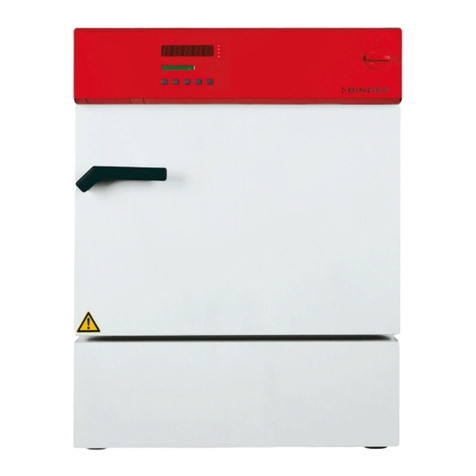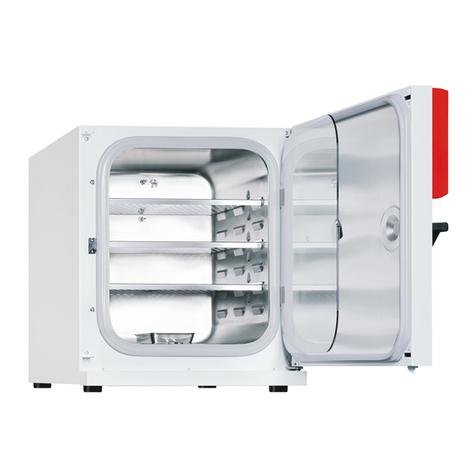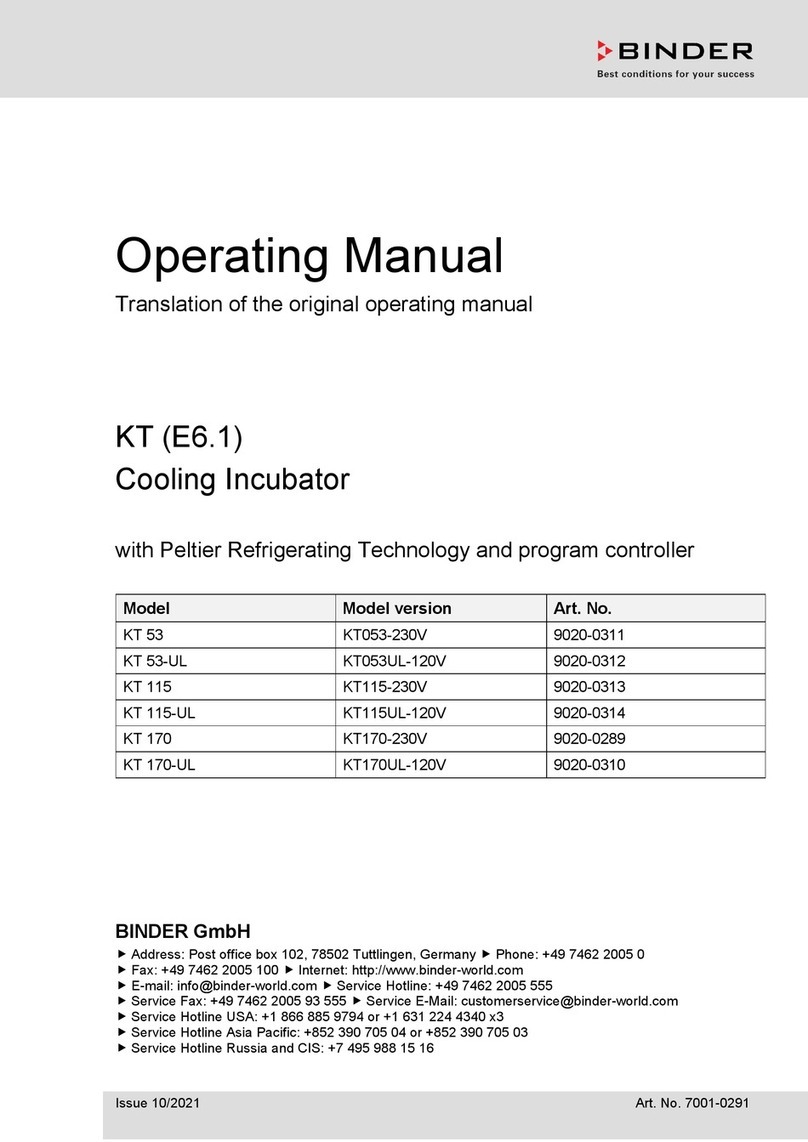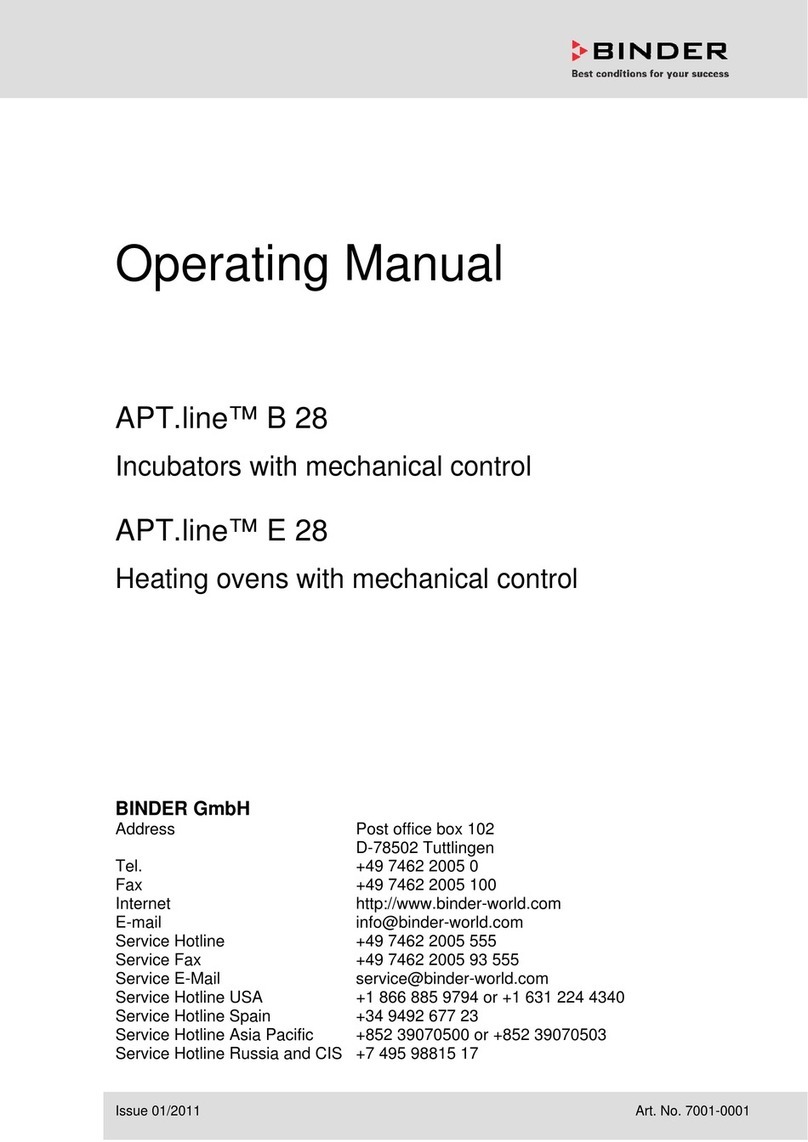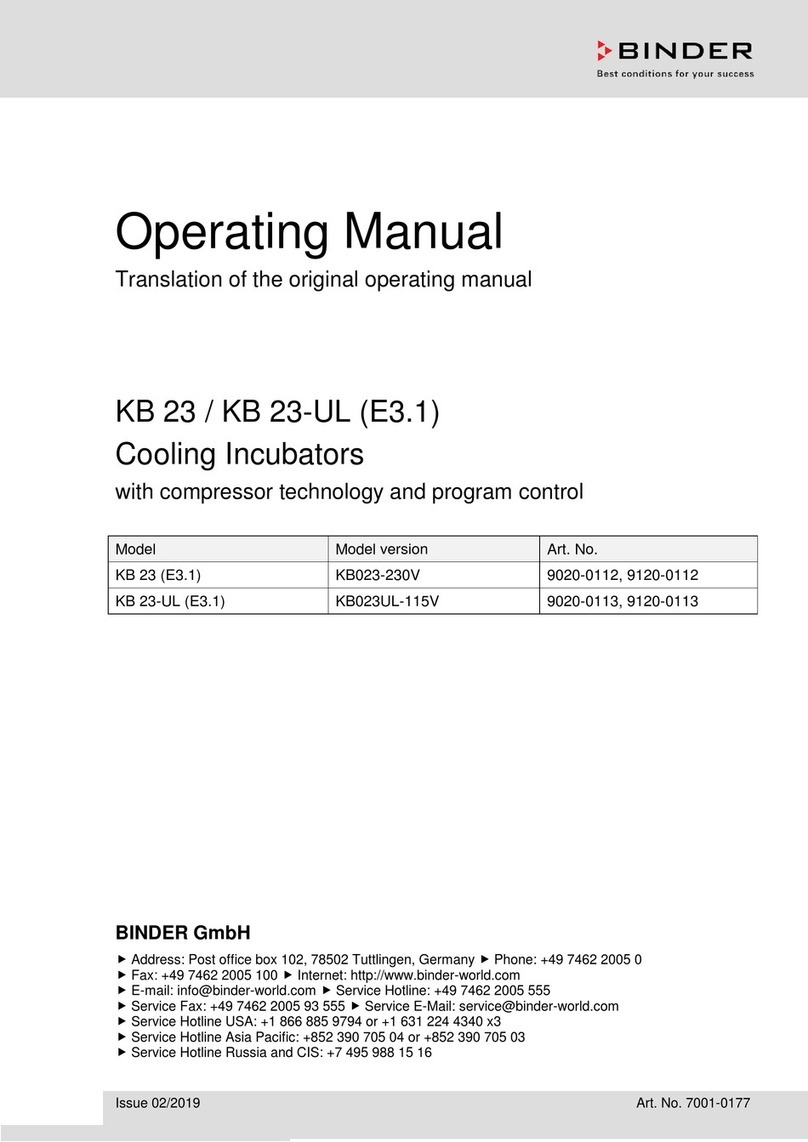
CB (E7) 06/2018 Page 4/174
10.4 Program editor: program management.............................................................................................80
10.4.1 Deleting a week program........................................................................................................81
10.5 Section editor: section management.................................................................................................82
10.5.1 Add a new program section....................................................................................................83
10.5.2 Copy and insert or replace a program section........................................................................83
10.5.3 Deleting a program section.....................................................................................................84
10.6 Value entry for a program section.....................................................................................................84
10.6.1 Set-point ramp and set-point step modes...............................................................................84
10.6.2 Weekday.................................................................................................................................85
10.6.3 Start time.................................................................................................................................85
10.6.4 Setpoint entry..........................................................................................................................86
10.6.5 Special controller functions via operation lines.......................................................................86
11. NOTIFICATION AND ALARM FUNCTIONS........................................................87
11.1 Notification and alarm messages overview.......................................................................................87
11.1.1 Notifications ............................................................................................................................87
11.1.2 Alarm messages.....................................................................................................................88
11.2 State of alarm....................................................................................................................................90
11.3 Resetting an alarm, list of active alarms...........................................................................................90
11.4 Activating / deactivating the audible alarm (alarm buzzer)...............................................................91
11.5 Tolerance range settings and alarm delay times..............................................................................91
11.6 Zero-voltage relay alarm output........................................................................................................93
12. TEMPERATURE SAFETY DEVICES...................................................................94
12.1 Over temperature protective device (class 1)...................................................................................94
12.2 Overtemperature safety controller class 3.1.....................................................................................94
12.2.1 Safety controller modes..........................................................................................................95
12.2.2 Setting the safety controller....................................................................................................95
12.2.3 Message and measures in the state of alarm.........................................................................96
12.2.4 Function check........................................................................................................................96
13. USER MANAGEMENT.........................................................................................97
13.1 Authorization levels and password protection...................................................................................97
13.2 Log in...............................................................................................................................................100
13.3 Log out ............................................................................................................................................101
13.4 User change....................................................................................................................................101
13.5 Password assignment and password change ................................................................................102
13.5.1 Password change .................................................................................................................102
13.5.2 Deleting the password for an individual authorization level..................................................104
13.5.3 New password assignment for “service” or “admin” authorization level when the password
function was deactivated ......................................................................................................105
13.6 Activation code................................................................................................................................106
14. GENERAL CONTROLLER SETTINGS..............................................................107
14.1 Selecting the controller’s menu language.......................................................................................107
14.2 Setting date and time......................................................................................................................107
14.3 Selecting the temperature unit........................................................................................................109
14.4 Display configuration.......................................................................................................................109
14.4.1 Adapting the display parameters..........................................................................................109
14.4.2 Touchscreen calibration........................................................................................................110
14.5 Network and communication...........................................................................................................111
14.5.1 Serial RS485 interface (available via BINDER INDIVIDUAL Customized Solutions) ..........111
14.5.2 Ethernet ................................................................................................................................112
14.5.2.1 Configuration.................................................................................................................112
14.5.2.2 Display of MAC address................................................................................................113
14.5.3 Web server............................................................................................................................113
14.5.4 E-Mail....................................................................................................................................114
14.6 USB menu: Data transfer via USB interface...................................................................................115

